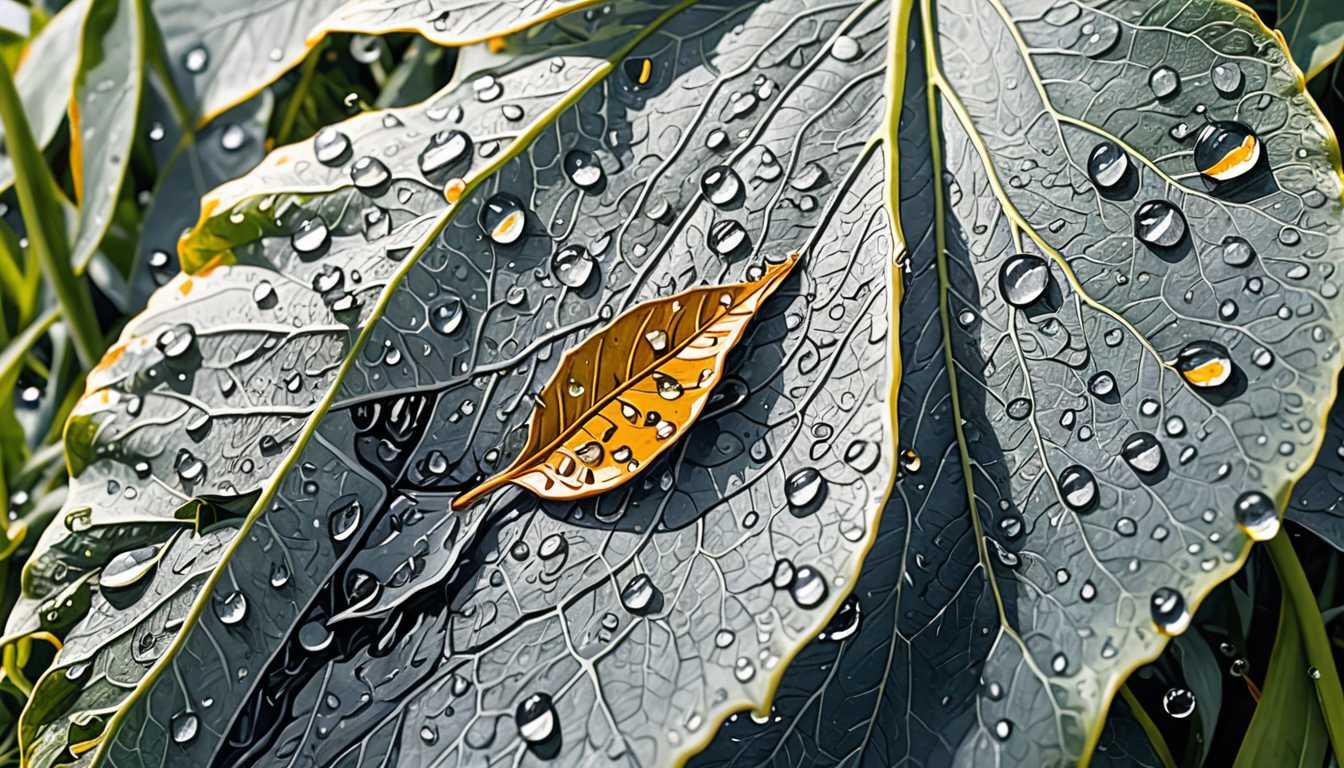Microbes: Nature's Tech Recyclers
October 2023
Cornell University
Introduction
Dive into the world of metal-munching microbes with Cornell University's latest discovery! Scientists have unlocked the secrets of Shewanella oneidensis, a bacteria with a taste for rare earth elements, offering a green twist to metal refinement. Say goodbye to harsh chemicals and hello to eco-friendly biosorption. This groundbreaking research not only paves the way for sustainable tech but also promises a cleaner, greener future. Ready to geek out on how tiny organisms could revolutionize our gadgets and green energy? Check it out!
READ FULL ARTICLEWhy It Matters
Discover how this topic shapes your world and future
Microbes Munching on Metals for a Greener Tomorrow
Imagine a world where the gadgets and technologies you love - from smartphones to electric cars - are powered in a way that's kinder to our planet. That's exactly what scientists are working towards by studying tiny, metal-loving microbes. These microscopic organisms have a taste for rare earth elements, crucial ingredients in making our modern tech work. But extracting these elements usually involves harmful chemicals that damage the environment. Enter the hero of our story: a bacterium named Shewanella oneidensis. Researchers have discovered that this microbe can "eat" these metals, offering a green alternative to the traditional, polluting processes. This breakthrough has the potential to revolutionize how we obtain the materials that power our lives, making the process more sustainable and less harmful to our planet. For you, this could mean enjoying your favorite gadgets with a clearer conscience, knowing they're powered by a process that respects the earth.
Speak like a Scholar
Biosorption
This is like a superpower some microbes have, allowing them to grab onto and hold rare earth elements without needing any harmful chemicals.
Genome
Think of this as the ultimate instruction manual that contains all the information needed for the microbe to live, grow, and perform its metal-munching magic.
Adsorb
This is a bit like how a sponge soaks up water, but in this case, the microbe clings onto the rare earth elements.
Lanthanides
A group of elements in the periodic table that are kind of like the secret ingredients in many high-tech gadgets.
Mutant genes
These are special versions of genes that have changed in a way that could make the microbe even better at its job of purifying rare earth elements.
Biofilm formation
This is when microbes get together and form a sticky community. It's important for biosorption because it helps the microbes stick to the metals.
Independent Research Ideas
The role of microbial communities in recycling electronic waste
Investigate how microbes could help us deal with the growing problem of electronic waste, turning trash into treasure.
Comparative study of biosorption capabilities across different microbes
Dive into the microbial world and find out which microbes are the best at biosorbing rare earth elements, and why.
The impact of rare earth mining on ecosystems and how biosorption could help
Explore the dark side of our tech obsession by looking at the damage caused by mining and how microbes could offer a solution.
Genetic engineering of microbes for enhanced biosorption
Imagine creating a super microbe specifically designed to munch on rare earth elements more efficiently.
The economics of microbial rare earth element purification
Crunch the numbers and find out if using microbes could not only be greener but also cheaper than traditional methods.
Related Articles

Leaves vs. Raindrops: Nature's Resilient Dance
January 2025
Cornell News Highlights

Seaweeds: Nature's Solar Panels
February 2024
University of Cambridge

Glow or No-Go: The Petunia Tale
April 2024
MIT Technology Review

Fungi Feast on Stubborn Plastic
April 2023
Phys Org

Limpet Teeth: Nature's Strongest Marvel
October 2023
MIT Technology Review